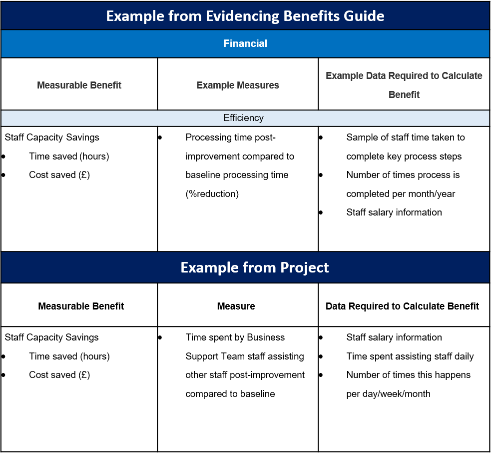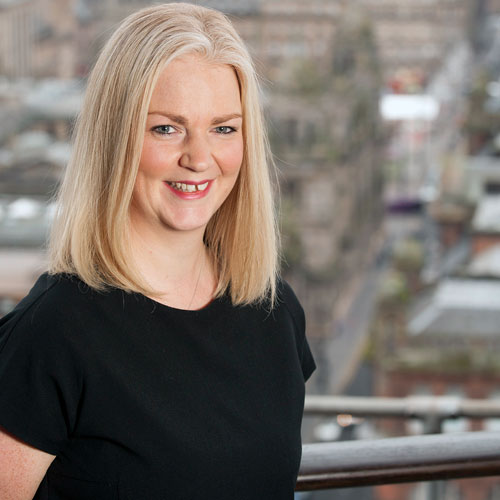Ever been working on a project and suddenly realised that you’ve forgotten to think about how to demonstrate what the impact will be? I’d like to share my experience of identifying and demonstrating benefits at a point in a project where many improvements have already been well established, or have been implemented without any baseline data being gathered.
I’ve recently been supporting several projects that had already started, and, due to time constraints, the identification of benefits had taken a bit of a back seat. My job was to review all of the work completed to date, identify where there were benefits, and think about how to measure them. My first thought had been “Where do I begin?” as it all seemed quite overwhelming.
Where to begin?
My experience of measuring benefits has always been to identify any potential improvements as early as possible, not mid-way through, or even at the end of a project. If you find yourself in a position like I did, of having to identify benefits once the project has started, find out the background to the project and have conversations with the project team to discover why a project has come about in the first place. This is a great way of starting to identify benefits.
For example, one project focused on a particular team being stretched to complete all their tasks and were regularly interrupted by other staff. Thinking about benefits, therefore, it would be expected that whatever was implemented led to a reduction in the interruptions to staff. The reason that a project is initiated should always lead to a benefit.
This led me to start thinking about what other benefits there might be and to ask questions relating to the project. Using the same example, asking questions like ‘Why was the team interrupted by other staff?’, ‘What was the team responsible for?’ and ‘What processes were in place?’ got me thinking about other potential benefits like staff capacity savings, reduced lead times, or increased task completion.
Using the Evidencing Benefits Toolkit
This blog is not intended to be an advert, but something that I found to be extremely useful was A Guide to Evidencing the Benefits of Change in Higher Education, created by the Business Improvement Team.
The guide is a step-by-step aid to assist in the identification and measuring of benefits. I used the Measurable Benefits Reference Table during my conversations with the project team and found it to be an invaluable aid to get everyone to identify potential benefits. Example measures in the table are useful for thinking about the benefits of the projects.
An extract of the table is below showing an example benefit and an actual benefit from the project. I took the team through the table to provide them with examples of the benefits listed in the table. The project team then thought about their own project and related the examples in the table with benefits that they were able to identify.
Although I had already given some thought about the potential benefits, I was encouraged when the team considered benefits that I had not thought of. This confirmed to me that project teams should be introduced to the concept of identifying benefits as early as possible.

From the Measureable Benefits Reference Table, I transferred any potential benefit identified by the project team into a Measureable Benefits Data Plan. This tool helps drill into the data that needs to be gathered to successfully demonstrate the benefit. Without the use of this tool, it would be easy to lose sight of any potential benefit.
One of the main things I discovered is that if you do not have all the data required, recording the benefit on a data plan, and using as much detail as possible means that you do not forget about it. Thinking backward is not always easy. When it comes to identifying and measuring benefits, backward is more difficult, though not impossible. For me, it took longer to get up to speed on the projects, but I got there in the end. My next challenge was obtaining the baseline data. I will share my experiences in my next blog.


